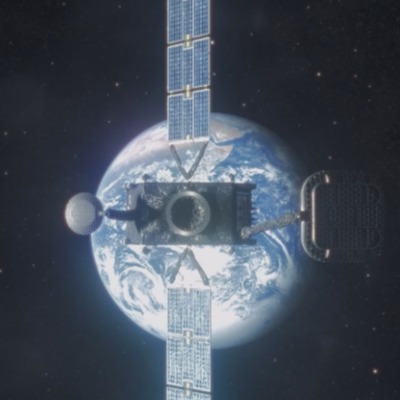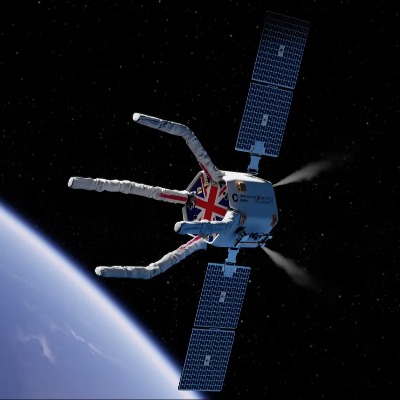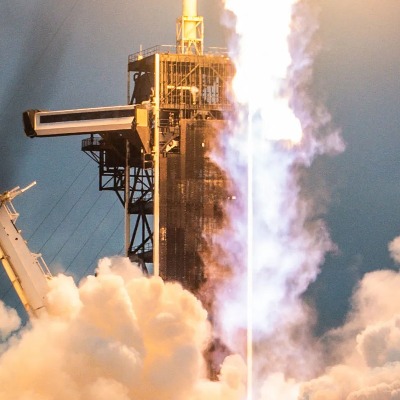NASA Blazes A New Trail: Investing In Nuclear Rocket Tech For Future Exploration

NASA, ever pushing the boundaries of human exploration, is making waves with its latest investment in a revolutionary new technology: nuclear rocket engines. This exciting development promises to reshape the future of space travel, enabling faster and more efficient journeys to deep space destinations like Mars and beyond.
Leaving Chemical Rockets in the Dust:
For decades, chemical rockets have powered our way through the cosmos. While they served us well, these traditional engines are limited by their reliance on bulky, heavy fuel. This translates to longer travel times and restricted payload capacity, hindering our ambitions for deep space exploration.
Enter nuclear rockets, fueled by the intense energy released from atomic reactions. Compared to chemical rockets, they offer far greater thrust and fuel efficiency, potentially slashing travel times to Mars by half. This opens up a pandora's box of possibilities:
- Faster, more efficient missions: Imagine reaching Mars in a mere three months instead of six! Nuclear rockets could revolutionize manned missions to the Red Planet, allowing astronauts to spend more time on the surface for research and exploration.
- Deeper reaches of the cosmos: The increased efficiency of nuclear rockets unlocks the potential for venturing further into the solar system and beyond. Missions to Jupiter, Saturn, and even interstellar voyages become realistic possibilities.
- Transforming astrophysics: Quicker travel times and heavier payloads also have implications for space telescopes and probes. Imagine deploying powerful observatories in orbit around Jupiter or sending interstellar probes on shorter missions, gathering unprecedented data from unexplored reaches of the universe.
The TFINER: A Vision for the Future:
One of the most promising nuclear rocket concepts currently being explored by NASA is the Thin Film Isotope Nuclear Engine Rocket (TFINER). This revolutionary design involves utilizing thin sheets of radioactive isotopes like Thorium-228 to generate thrust. As the isotope decays, it ejects microscopic particles at high speeds, creating thrust without the need for bulky combustion chambers.
While still in its early stages of development, TFINER holds immense potential due to its:
- High efficiency: Theoretical calculations suggest TFINER could offer 10 times the efficiency of traditional chemical rockets.
- Scalability: The design can be easily scaled up or down to suit different mission requirements.
- Safety: The radioactive material is contained within thin films, minimizing the risk of radiation leaks.
Challenges and Cautions:
Despite the bright promise of nuclear rockets, several challenges remain. One major concern is the development of robust and reliable nuclear reactor technology for spacefaring applications. Additionally, public anxieties surrounding nuclear technology and proliferation require careful consideration and clear communication.
A Giant Leap for Mankind:
Despite these challenges, NASA's investment in nuclear rocket technology marks a giant leap for humankind. It represents a bold commitment to pushing the boundaries of space exploration and opening up the cosmos to further discovery and understanding.
With continued research and development, nuclear rockets could one day become the workhorses of deep space travel, propelling us towards distant planets and unveiling the secrets of the universe like never before. As we navigate the challenges and reap the rewards of this revolutionary technology, one thing is certain: the future of space exploration is no longer confined to the realm of science fiction. It's within reach, fueled by the audacity of human ambition and the boundless potential of nuclear power.
This story is just the beginning of a thrilling new chapter in space exploration. Keep your eyes on the stars, for the future of space travel is about to take off at warp speed!




